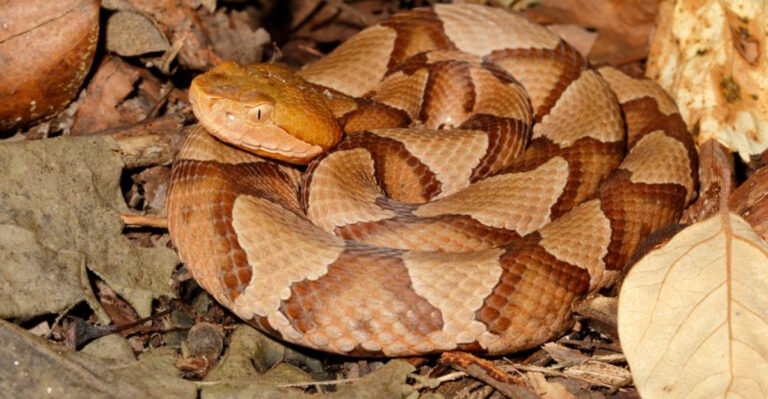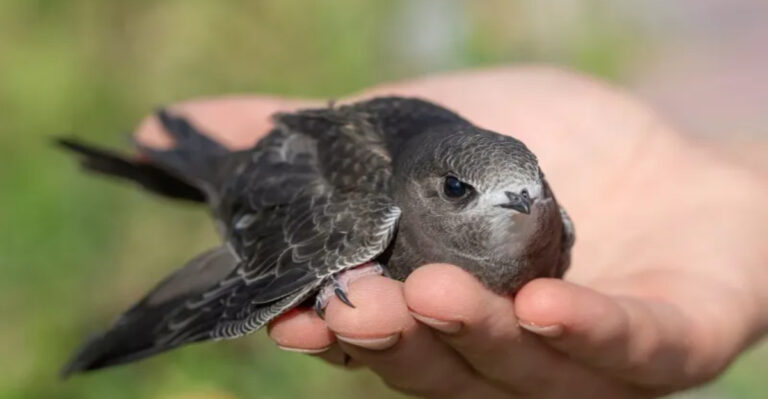14 Myths About Piranhas You Should Stop Believing
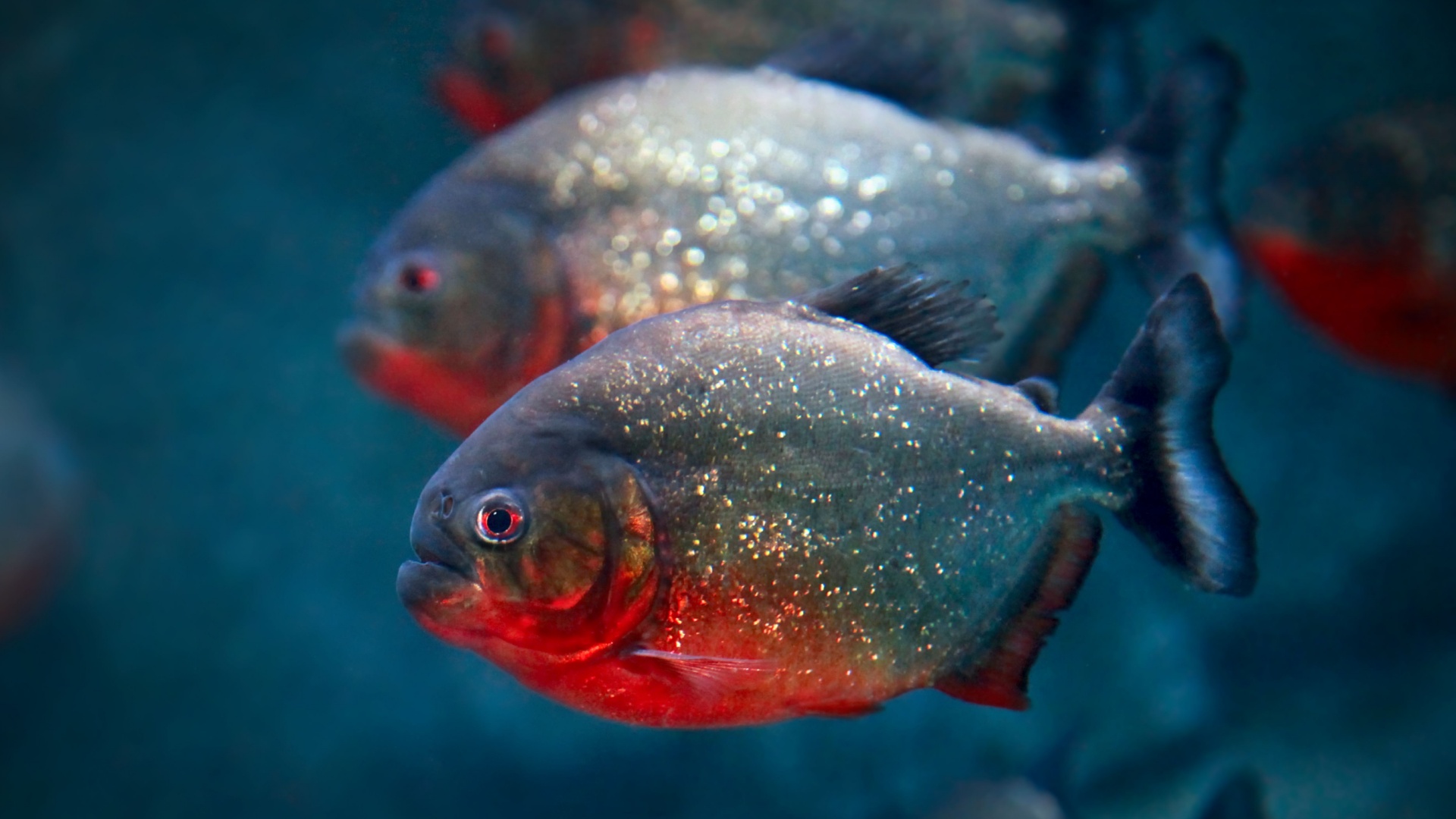
Piranhas have long been the subject of fearsome legends and misconceptions. These intriguing fish are often misunderstood, leading to a host of myths about their behavior and nature.
Let’s unravel the truth behind common myths about piranhas that you might have believed. With an open mind and a curiosity for the facts, we can appreciate these fascinating creatures for what they truly are, rather than what popular culture depicts them to be.
1. Piranhas Only Eat Meat
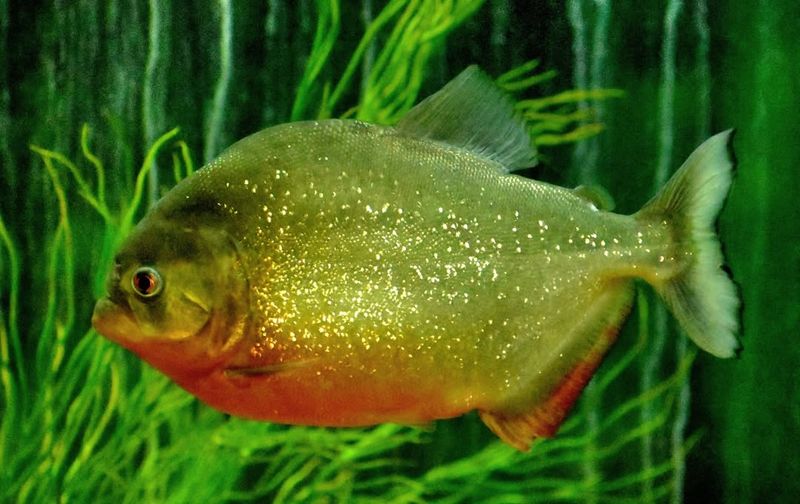
It’s a widespread belief that piranhas are strictly meat-eaters. However, these fish have a varied diet. Piranhas consume fruits, seeds, and aquatic plants in addition to meat.
They are opportunistic feeders and adapt their diet based on availability. With this adaptability, they play a crucial role in their ecosystem, helping to control plant growth and seed dispersal.
Understanding their dietary habits highlights their importance beyond the carnivorous image widely portrayed.
2. All Piranhas Look The Same
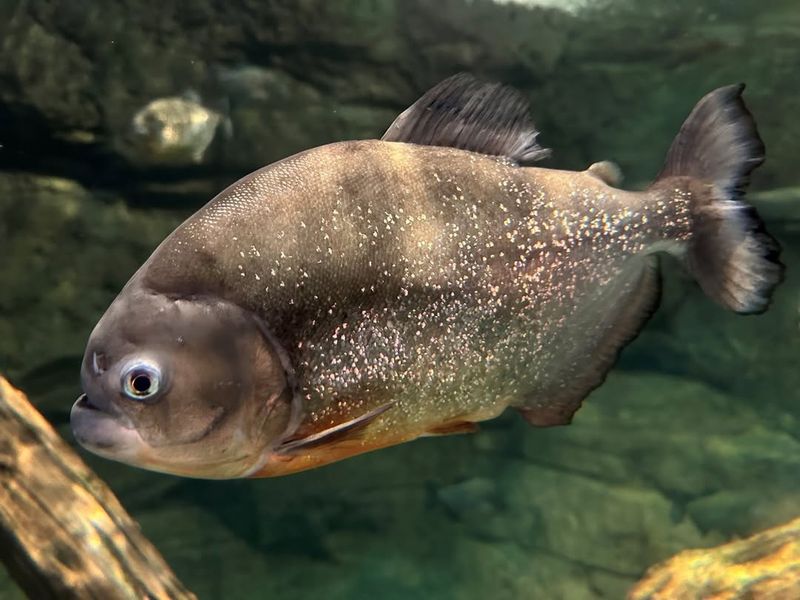
Contrary to popular belief, not all piranhas have the same appearance. There are around 30 species, each with unique features.
These species vary in color, size, and tooth shape. While some have the classic sharp-toothed grin, others possess subtler dental features.
Just like any diverse animal group, piranhas exhibit a wide range of physical traits. This diversity is a testament to their evolutionary adaptation to different environments.
3. Piranhas Pose A Major Threat To Humans
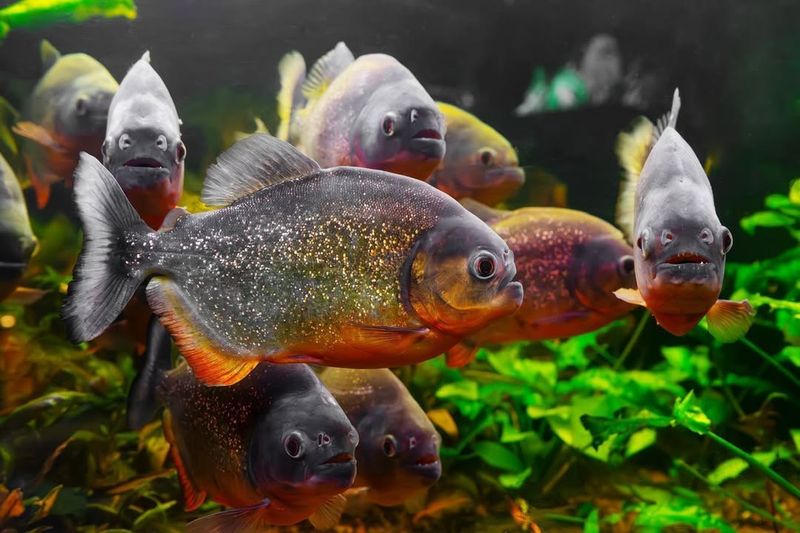
The fear of piranhas attacking humans is largely exaggerated. While they have sharp teeth and a powerful bite, unprovoked attacks on humans are rare.
Piranhas are more likely to flee than to confront humans. Instances of piranha bites are usually due to the fish feeling threatened or during the dry season when food is scarce.
Generally, these fish are shy and prefer to avoid confrontation. Understanding their behavior helps dispel the myth of piranhas as dangerous human predators.
4. Piranhas Are Always Aggressive
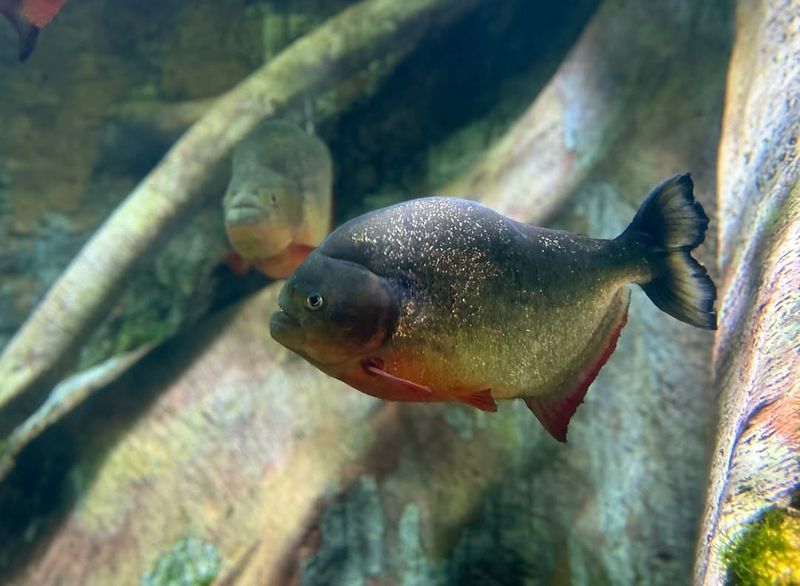
In reality, piranhas are usually timid creatures. Their aggressive reputation stems from rare feeding frenzies.
These events occur under stressful conditions, such as low water levels or when food is limited. Typically, piranhas avoid unnecessary confrontation.
By recognizing their natural behavior, we can see piranhas as more than just aggressive hunters.
5. Piranhas Are A Modern Species
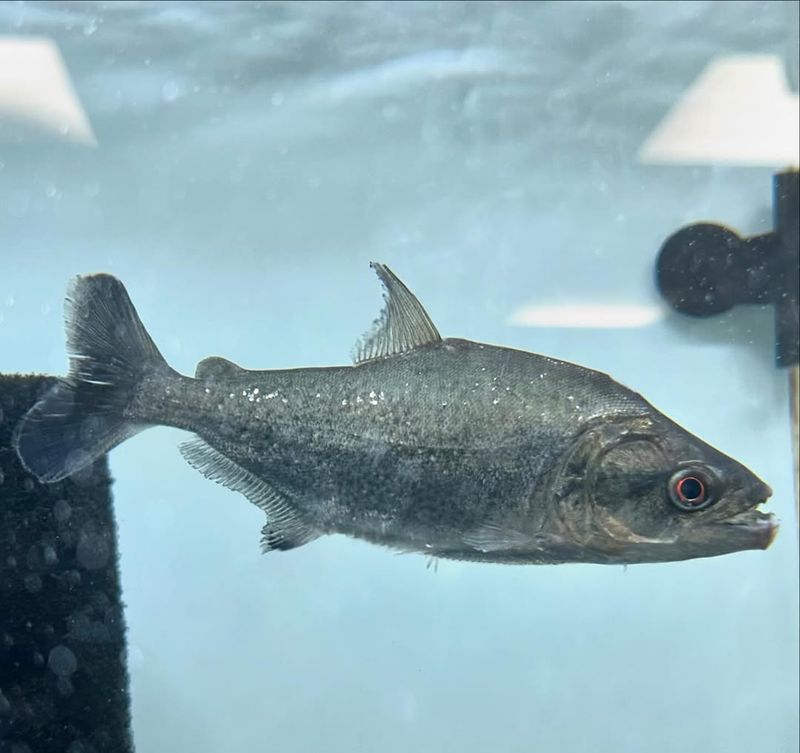
Piranhas are often thought of as a modern species, yet they have ancient roots. Fossil records show that their ancestors existed millions of years ago in prehistoric rivers.
Over time, they evolved into the piranhas we know today. This long evolutionary history highlights their adaptability and resilience.
They have survived through major environmental changes and continue to thrive. Viewing piranhas as ancient survivors rather than modern anomalies can shift our understanding of their ecological significance.
6. Piranhas Have No Ecological Benefits
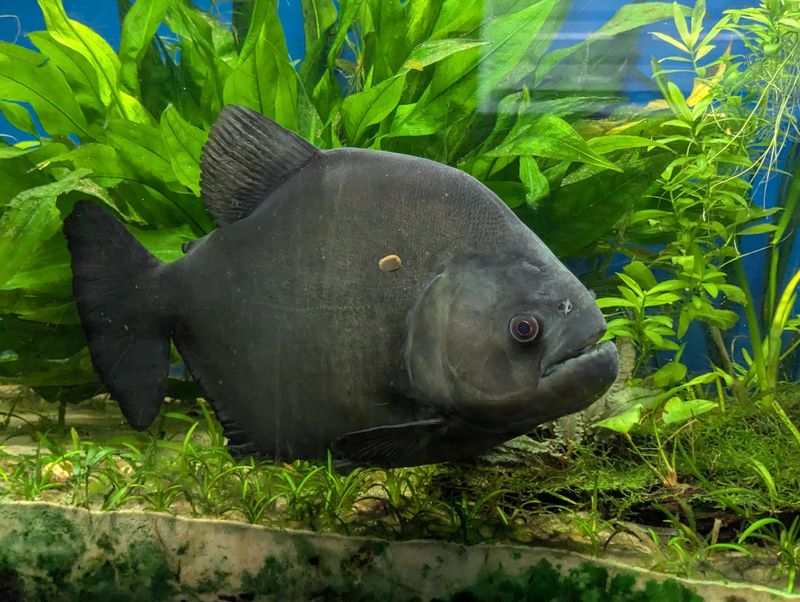
The notion that piranhas are merely destructive is misleading. They play an essential role in their ecosystems by maintaining the balance of aquatic life.
As both predators and scavengers, they help control fish populations and clean up riverbeds. Their feeding habits also aid in seed dispersal, contributing to plant diversity.
By fulfilling these ecological roles, piranhas support biodiversity and river health.
7. Piranhas Are Apex Predators
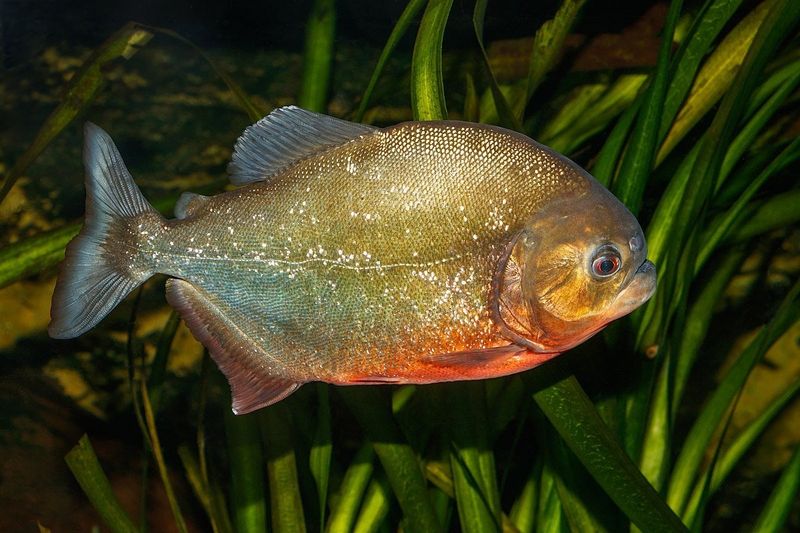
Though often depicted as apex predators, piranhas are not at the top of the food chain. They face threats from larger fish, birds, and mammals.
Their role as both predator and prey maintains the balance in the ecosystem. This dynamic position highlights their adaptability and survival strategies.
By understanding their place in the food web, we can appreciate the complex interactions that sustain river ecosystems.
8. Piranhas Can Strip A Cow To The Bone In Minutes
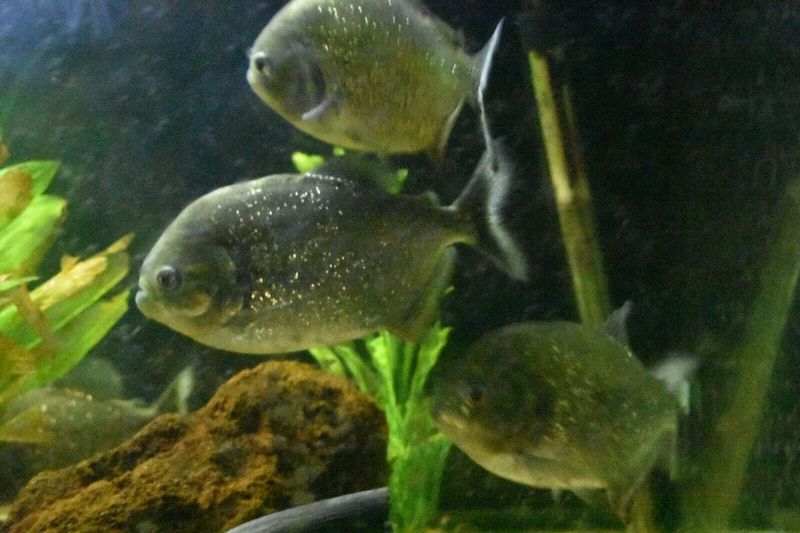
The idea that piranhas can strip a cow to the bone in minutes is largely a sensational myth. Such occurrences are exceedingly rare and typically happen under extraordinary circumstances.
Piranhas do have powerful bites, but they are not relentless feeders. Most of the time, they consume smaller prey or scavenge.
The image of piranhas devouring large animals stems from exaggerated stories.
9. All Piranhas Are Carnivorous
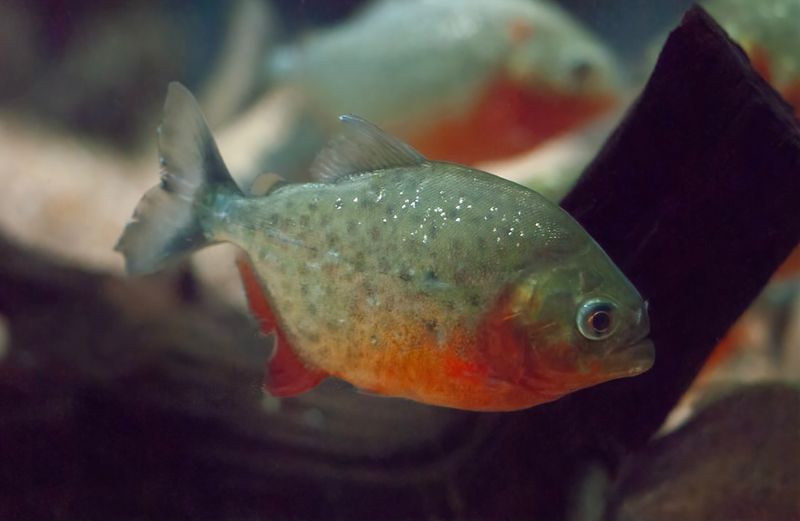
Though often seen as strict meat-eaters, not all piranhas are solely carnivorous. Some species are actually omnivorous, eating both plants and small creatures.
This varied diet helps them adapt to different environments and maintain balance in their ecosystems. By feeding on a mix of organic material, they play a role in nutrient cycling in the waters they inhabit.
Understanding their omnivorous nature shows that piranhas are more than just fierce predators – they’re important contributors to aquatic health.
10. Piranhas Are Found All Over The World
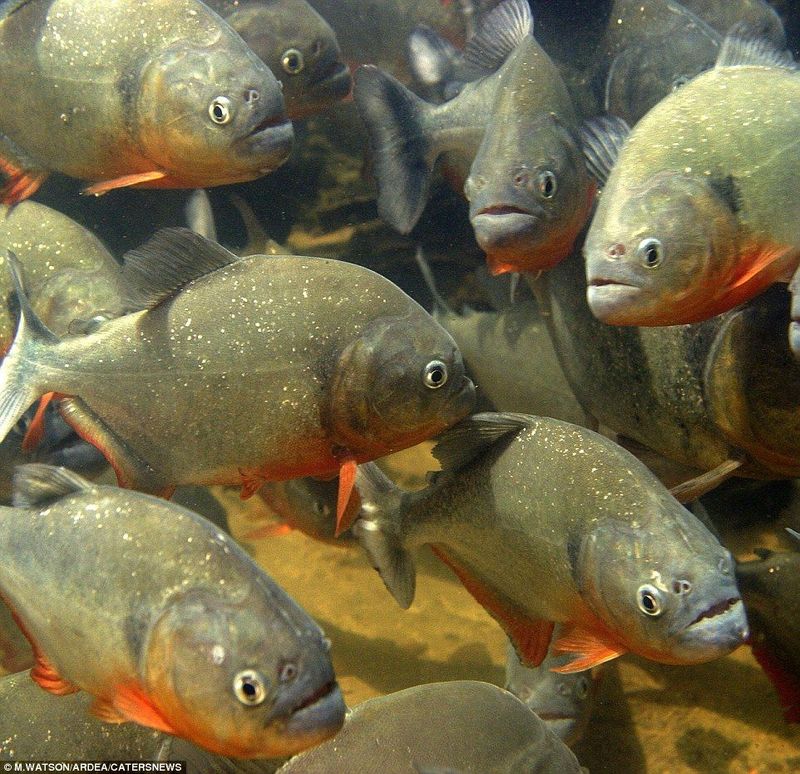
Piranhas are not global inhabitants; they are native to South American rivers, particularly the Amazon Basin. This misconception likely arises from their depiction in movies and media.
While they are well-suited to tropical waters, they cannot survive in colder climates. Their geographic distribution reflects their evolutionary adaptations.
This highlights the importance of conserving their natural habitats, ensuring these unique fish continue to thrive.
11. Piranhas Thrive In Any Water Condition
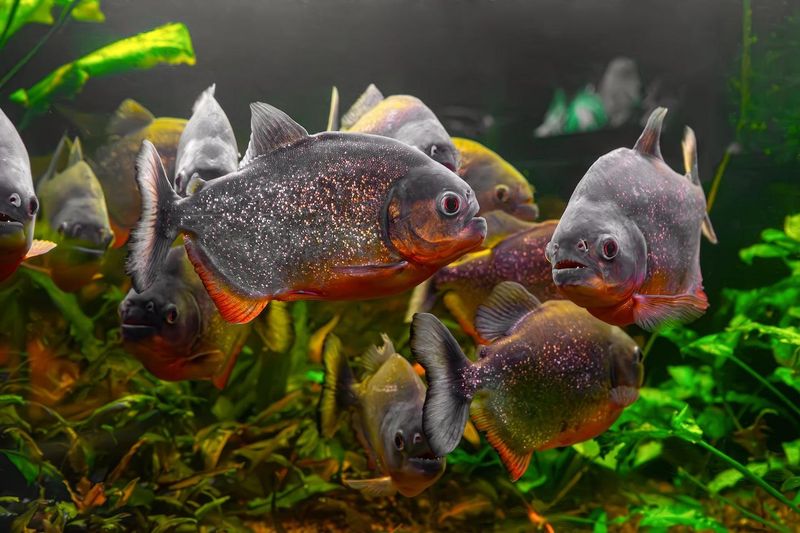
Piranhas are often thought to survive in any water condition, but this isn’t true. They thrive in warm, well-oxygenated waters typically found in tropical rivers.
Poor water quality and temperature changes can stress them and impact their health. Protecting clean and stable aquatic environments supports not only piranhas but many other species.
Realizing their specific needs highlights why preserving their natural habitats is so important for overall ecosystem health.
12. Piranhas Hunt In Organized Packs
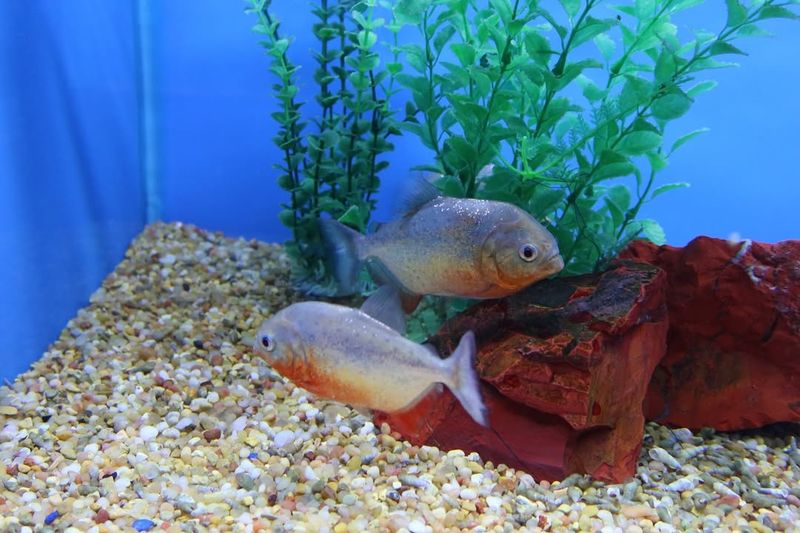
The idea of piranhas hunting in organized packs is more fiction than fact. While they may gather in groups, this is often a response to environmental conditions rather than coordinated hunting.
These aggregations can be misleading, as piranhas primarily hunt alone or in small, opportunistic groups. Their group behavior is more about survival than teamwork.
Understanding their social dynamics paints a more accurate picture of their behavior. Piranhas are more solitary than their fearsome reputation suggests.
13. Piranhas Are Huge Fish
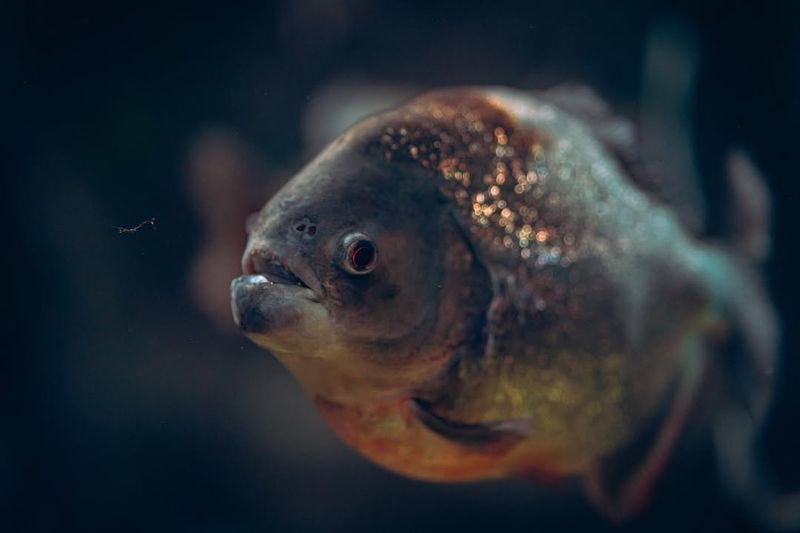
Though many imagine piranhas as huge fish, most are actually quite small, usually measuring between 5 and 14 inches. While a few species may grow larger, they are far from the giants portrayed in movies.
Their size depends on the species and their environment. This myth likely comes from exaggerated stories and media depictions.
Understanding their real size helps shift the focus from fear to appreciating their unique role in the ecosystem.
14. Piranhas Always Attack In Large Groups
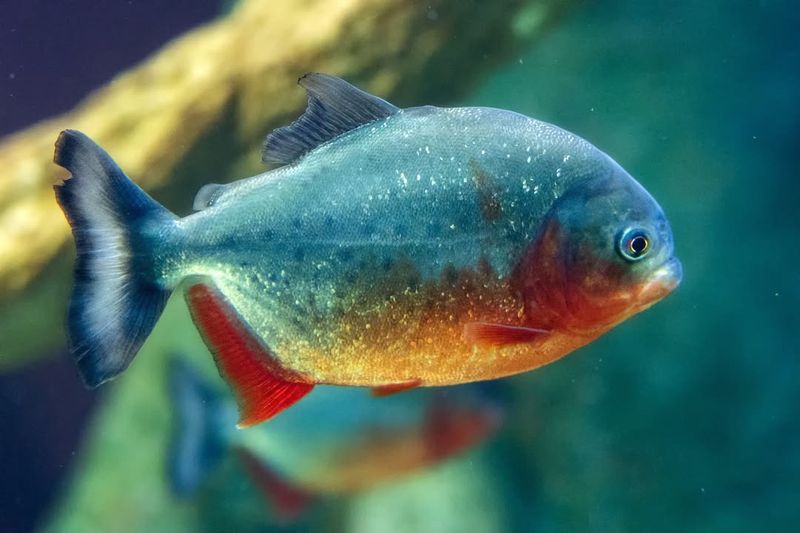
It’s a common myth that piranhas always attack in large groups. In reality, they are more likely to be found swimming alone or in small clusters.
Group attacks are rare and usually triggered by specific circumstances, such as limited food supply. Most piranhas prefer solitary hunting.
Piranhas are not the relentless swarm attackers often depicted, but rather opportunistic feeders with complex behaviors.



